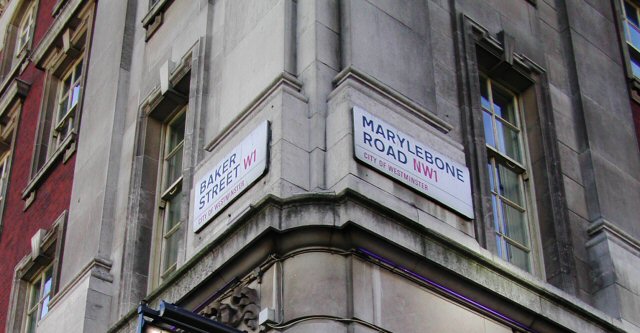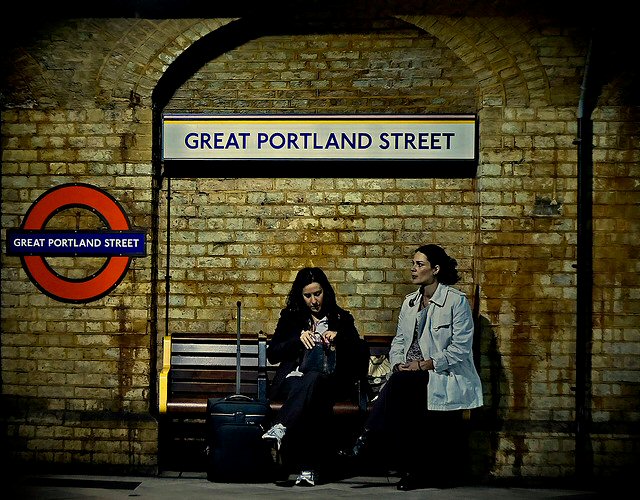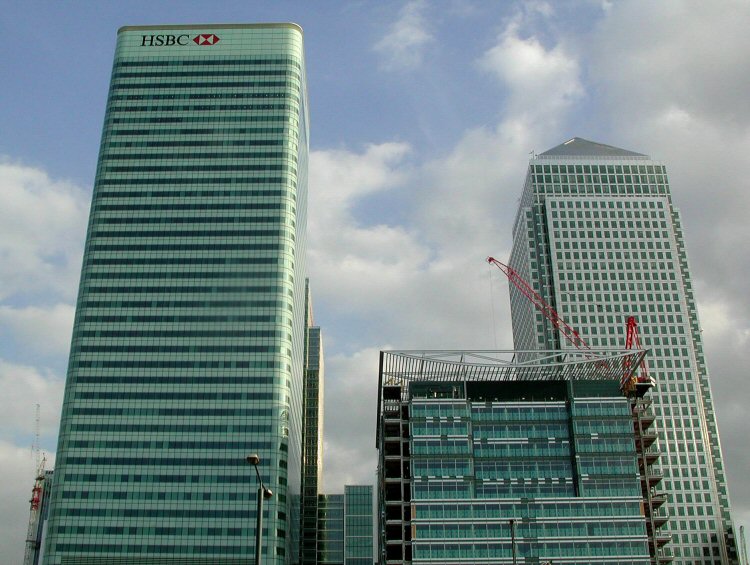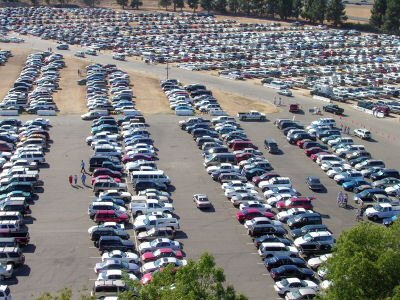Stretching along more than 1.5 miles, Baker Street runs from Marylebone to Oxford Street, and is one of the main arteries in this area of London. Like other neighbouring streets, Baker Street was first laid out under its current name during the eighteenth century. The street received its name from the builder who laid it out.
In the beginning, Baker Street was mostly a residential area for affluent families. However, as London grew in size, population, and economic importance, the street welcomed new tenants and transformed some of its residential buildings into office space and commercial premises.
Famous buildings
Perhaps the most well known building in Baker Street is number 221B, otherwise known as Sherlock Holmes’ residence. In fact, the address does not exist, although the Sherlock Holmes Museum is located on numbers 237-241. The Abbey House, home to the Abbey National Building Society between 1932 and 2005, and located on numbers 219-229 of Baker Street, received for many years correspondence addressed to Mr Sherlock Holmes. Continue reading “Guide to Baker Street: History, Architecture, Business and Tourism”






